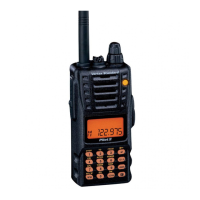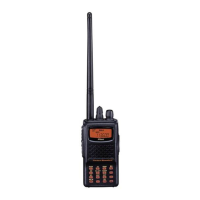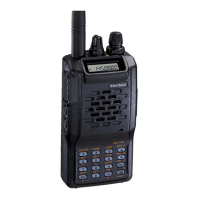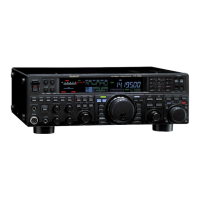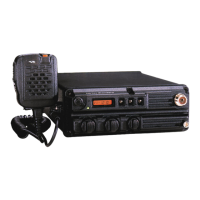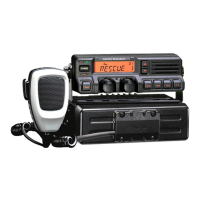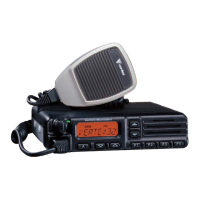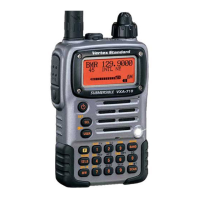
Do you have a question about the Vertex Standard Pilot III and is the answer not in the manual?
| Frequency range | 118.000 – 136.975 MHz |
|---|---|
| Channels | USA, Canada, International (99 channels) |
| Modulation | 16K0F3E / 8K50F3E |
| Antenna impedance | 50 Ohms |
| Dimensions | 54 (W) x 132 (H) x 35 (D) mm (w/o knob & antenna) |
| Weight | 370 g with SBR-12LI and antenna |
| Channel Spacing | 25 kHz |
Details FCC RF exposure compliance standards and guidelines for occupational use.
Describes the VXA-300 and welcomes the user to the product.
Details the Antenna Jack, MIC/EAR Jack, POWER/VOLUME knob, and DIAL selector.
Describes Indicator Lamp, Loudspeaker, Microphone, LCD, Keypad, and Battery Latch.
Explains the PTT switch, MONITOR switch, and EXT DC Jack on the side.
Explains various icons and fields displayed on the LCD screen during operation.
Provides general safety precautions regarding use, voltage, battery handling, and water submersion.
Details the steps for installing the belt clip and optional alkaline battery case.
Covers battery installation, removal, charging, and low battery indications.
Lists preliminary steps and a quick guide to turning on the radio and selecting frequencies.
Explains using the DIAL and VOLUME knobs, and adjusting the squelch level for optimal reception.
Details how to transmit and quickly access the 121.5 MHz emergency frequency.
Introduces VFO, Memory Recall, Book Memories, and Weather Channel tuning methods.
Guides on receiving weather broadcasts and notes on their usage.
Explains the Monitor Switch, ANL feature for noise reduction, and Temp/Voltage display.
Details the LOCK function, Beep settings, and Battery Saver setup for efficient operation.
Covers changing channel steps, pitch control, VOX operation, and PA mode.
Describes timer operations and VOX delay time adjustments.
Details the steps to store frequencies into the radio's main memory bank and assign labels.
Explains how to recall stored memory channels and change display formats, including a quick recall method.
Describes how to initiate automatic scanning and perform manual scanning in the NAV band.
Details how to set channels to be skipped during memory scanning to avoid continuous carriers.
Describes the Dual Watch feature for checking activity on a priority channel while monitoring another.
Explains Priority Dual Watch as an enhanced version with additional features for prioritized channel monitoring.
Illustrates and explains general VOR equipment displays and band differences.
Guides on selecting DVOR mode, interpreting TO/FROM flags, and toggling course indicators.
Details how to indicate deviation from the direct course and use CDI mode when flying to a VOR station.
Covers entering desired courses, ABCS mode, and position cross-checking using VOR stations.
Explains split operation for transmitting on COM band while receiving VOR on NAV band.
Guides on how to reprogram the primary and third functions of the front panel's [USER] key.
Details the procedure to activate Field Programming Mode and store frequencies into Book Memory.
Explains how to reset the microprocessor to clear all memories and settings to factory defaults.
Provides a step-by-step guide on how to access and navigate the radio's menu system.
Lists all available menu items, their functions, available values, and default settings for configuration.
Lists the accessories supplied with the transceiver and optional accessories available for purchase.
Provides general technical specifications like frequency range, channel spacing, voltage, and consumption.
Details technical specifications for the transmitter, including power output, stability, and modulation.
